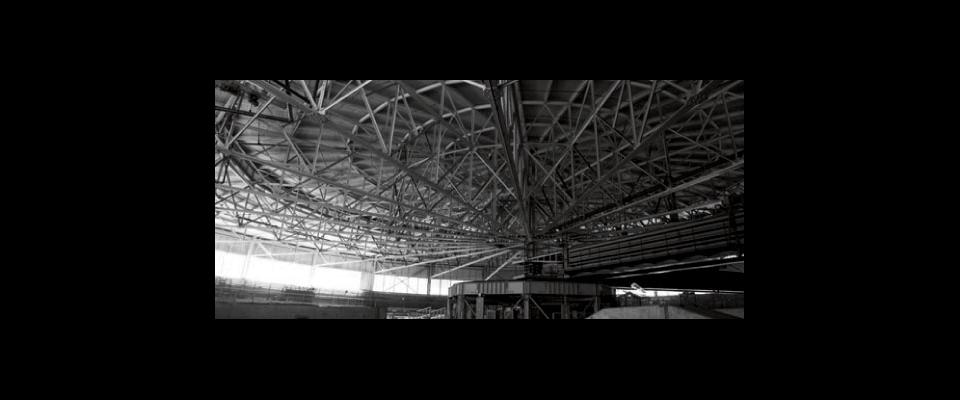It’s been a mere five years since CERN’s Large Hadron Collider (LCH) near Geneva pulverized its first atom, but it already needs an upgrade. Specifically, it needs better magnets—extremely large and powerful superconducting magnets.
The LHC’s old magnets were pretty good but the physicists at CERN wanted something better, and Lawrence Berkeley Laboratory, in conjunction with the Brookhaven National Laboratory and Fermi National Accelerator Laboratory, have obliged. The team recently ran a successful test on a new “high-field quadrupole” magnet, called HQ02a.
If scientists are going to understand the essential nature of the universe, shredding matter into sub-atomic components is necessary. That, in turn, demands magnets to guide and focus the high-energy beams of protons and ions that particle accelerators use to produce atom-smashing collisions.
The magnets now in use at the LHC are wound with niobium titanium cables. Not that they did such a terrible job: last year, the massive device yielded a particle that is in all likelihood the Higgs boson—the mysterious quantum creature responsible for imparting mass to matter. (The implied caveat is necessary because some uncertainty exists that similar, yet-to-be-identified particles remain in the sub-atomic menagerie.)
The new and improved quadrupole magnets, made with superconducting niobium tin, will, in conjunction with other upgrades, ultimately allow the LHC to produce exponentially more collisions than specified in the accelerator’s original design.
For some clarification, we reached out via email to GianLuca Sabbi, the Berkeley Lab physicist who coordinated the HQ magnet effort. “The goal of our program is to enable more powerful colliders … and more proton collisions,” Sabbi wrote. “This is a key element of the upgrade plan to increase LHC integrated luminosity by 10 times.”
Getting to this point wasn’t easy. Niobium titanium is malleable, so it is easily fabricated into the high-current cables that, when wound into an accelerator coil, create a powerful magnet. Niobium tin is a highly efficient superconducting material, and hence delivers even greater power. But it is brittle—it can’t be coiled easily.
Researchers solved the problem by mixing up the constituent ingredients of niobium tin into a coiled shape, then heating the materials in a high-temperature furnace. The mixture comes out of the fire as a solid component fused into the requisite shape. The coils are then treated with epoxy, which further binds their constituent materials together.
It will take up to a decade to install the new magnets and other upgrades at the LHC, but Sabbi says scientists are “now transitioning from the research and development phase to the design and construction of the focusing system for the LHC. But the implications go well beyond this project, as high field accelerator magnets have many other applications in science and industry.”
—Glen Martin



















